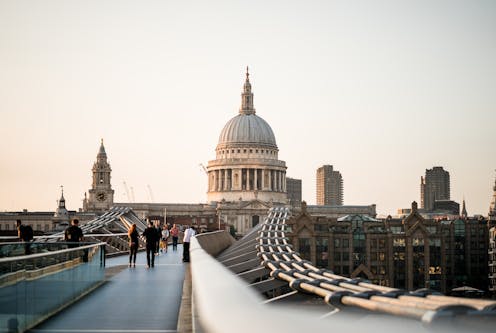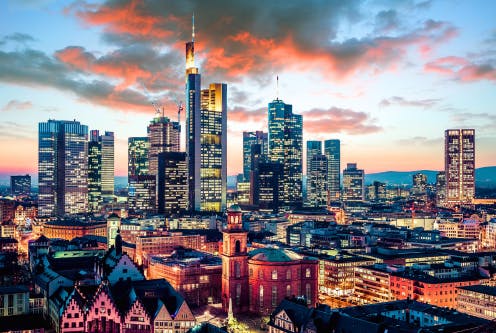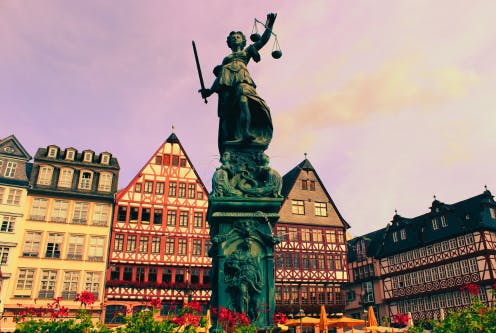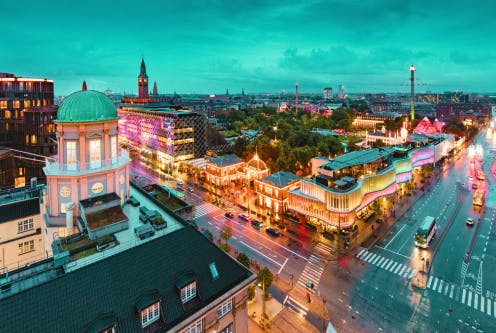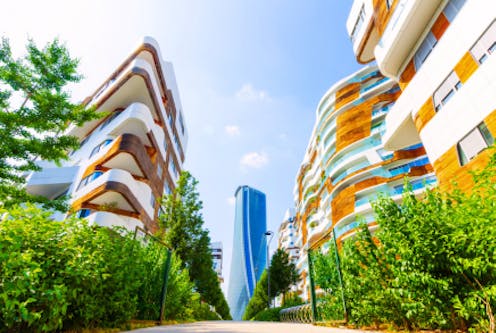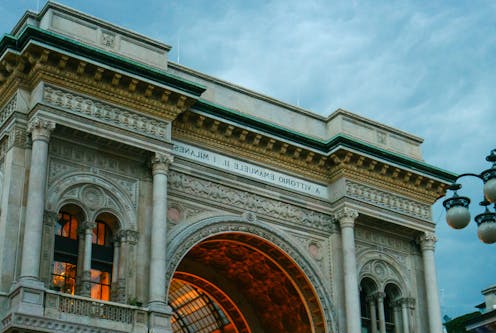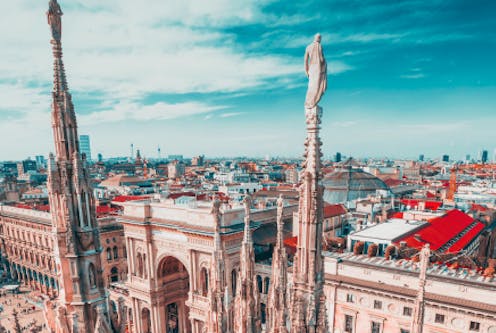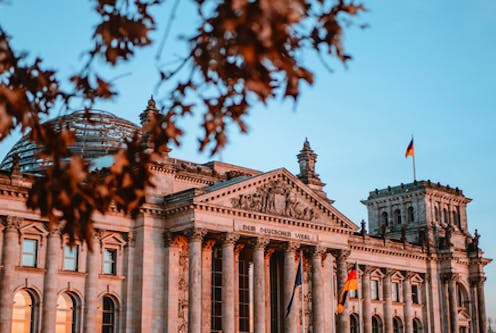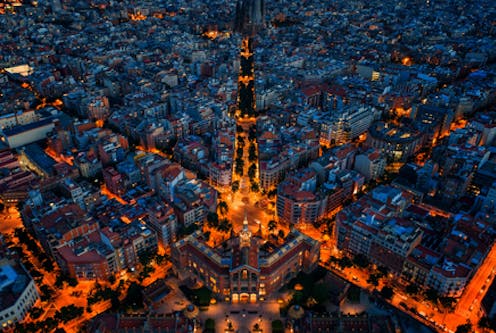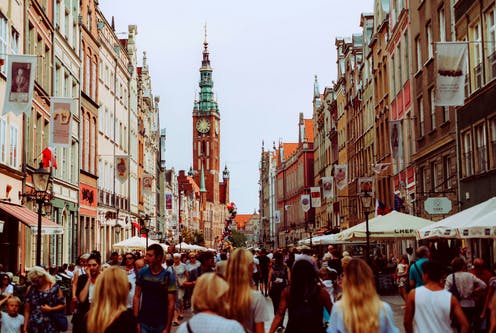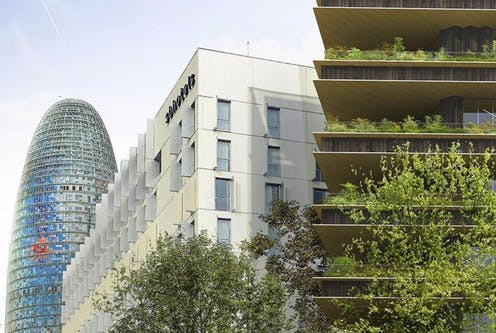Milan may only be the second most populous city in Italy. Still, it is number one in so many other ways – art, banking, fashion, finance, luxury shopping, publishing and pasta-powered lunches, for a start.
While Milan has a cultural heritage dating back to the Roman empire, including the stunning Duomo Cathedral, Castello Sforzesco and Leonardo da Vinci’s The Last Supper, the northern capital of the Lombardy region is also acutely forward-looking.
At the end of the 19th century, Milan was a major European industrial centre with automobile, chemical, and heavy machinery production industries. It was here that companies like Alfa Romeo and Lancia came to life. But the city has successfully transitioned to a post-industrial city that generates wealth through creative industries, services, technology and trade fairs.
Central to Milan’s economic strength has been a large-scale urban regeneration programme that has inspired a period of extraordinary architectural development that revamped the city’s image. Brownfield districts have been redeveloped into housing, offices and shopping districts by famous and international architects.
And this revitalisation was not just in Central Milan. The former trade fair area has been transformed into CityLife, a multipurpose district with three key towers designed by famed architects Zaha Hadid, Arata Isozaki and Daniel Libeskind. The Tortona district and Fondazione Prada are two industrial districts that have been radically revamped for the world of creativity, fashion and design. The shining example of this process is Porta Nuova.
Redesigning the city
Porta Nuova, a once-rundown quarter in Milan, today hosts the headquarters of Unicredit Bank and BNP and is a corporate hub with over 35,000 employees working in the area. The district includes residences, shops, restaurants and cafes, and attracts some 10 million visitors every year. A highlight of the district is the award-winning Bosco Vertical (Vertical Forest), two residential towers designed by Boeri Studio and featuring 900 trees (90 different species) on their outside terraces.
One of Europe’s most significant urban regeneration projects, Porta Romana reconnects three parts of the city through a continuous pedestrian system and a large public park. The area hosts a fashion house (Armani); and Fondazione Prada, and the new HQ of A2A, the Utility Company of the Region; And with Milan awarded the 2026 Winter Olympics, the redevelopment continues with 60,000 sqm of land in the former railway yard used to create the athlete village. When the Olympics are finished, this area will transition to residential housing and student accommodation.




